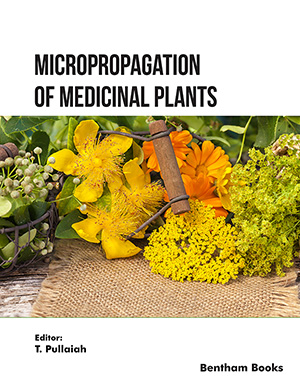Abstract
NQO1 (NAD(P)H:quinone oxidoreductase-1) is a cytosolic flavoprotein that catalyses the two-electron reduction of endogenous and environmental quinones. NQO1 plays a prominent role in protecting cells from the toxic effects of quinones, oxidative stress and more recently, the stabilisation of p53. Paradoxically, NQO1 is a target for anti-cancer drug development as reduction of certain quinones can generate cytotoxic species. Polymorphic variants of NQO1 have been characterised, two of which are known to cause a significant reduction in NQO1 protein (609C > T and 465C > T termed NQO1*2 and NQO1*3,respectively). The incidence of the NQO1*2 allele is high in certain ethnic groups and the loss of NQO1 activity has potential implications for both the cancer susceptibility and the efficacy of quinone based anticancer drugs. Toxicity following exposure to benzene increases with lowered NQO1 activity and epidemiological evidence suggests that NQO1*2 is associated with an increased risk of developing certain types of cancer. Mitomycin C (MMC) is the major quinone based compound in routine clinical use and initial reports of reduced MMC efficacy in patients with the NQO1*2 allele are emerging. However, the role of NQO1 in metabolising MMC is complex and the relationship between NQO1 activity and response is controversial. It therefore remains to be determined whether NQO1 genotyping will significantly influence clinical decision making with respect to MMC therapy. Genotyping for NQO1 polymorphisms is however likely to play a significant role in the development and evaluation of other quinone based bioreductive drugs where NQO1 plays a more prominent role in drug activation.
Keywords: cytosolic flavoprotein, Genotyping, cytotoxic, benzene
 20
20





















